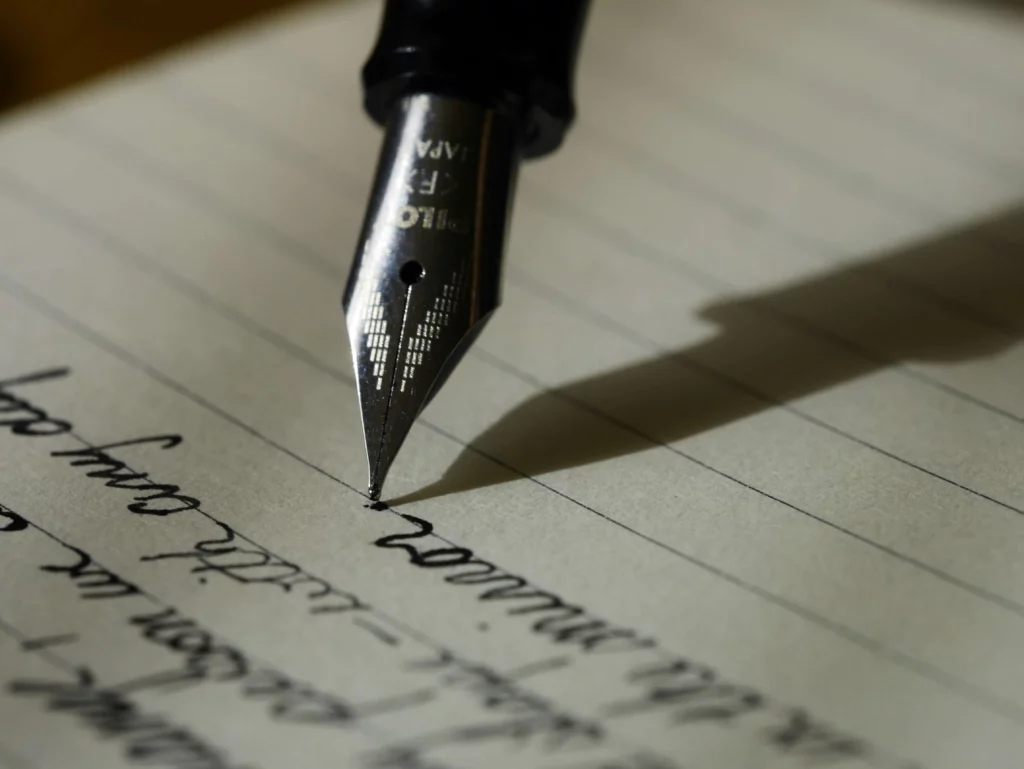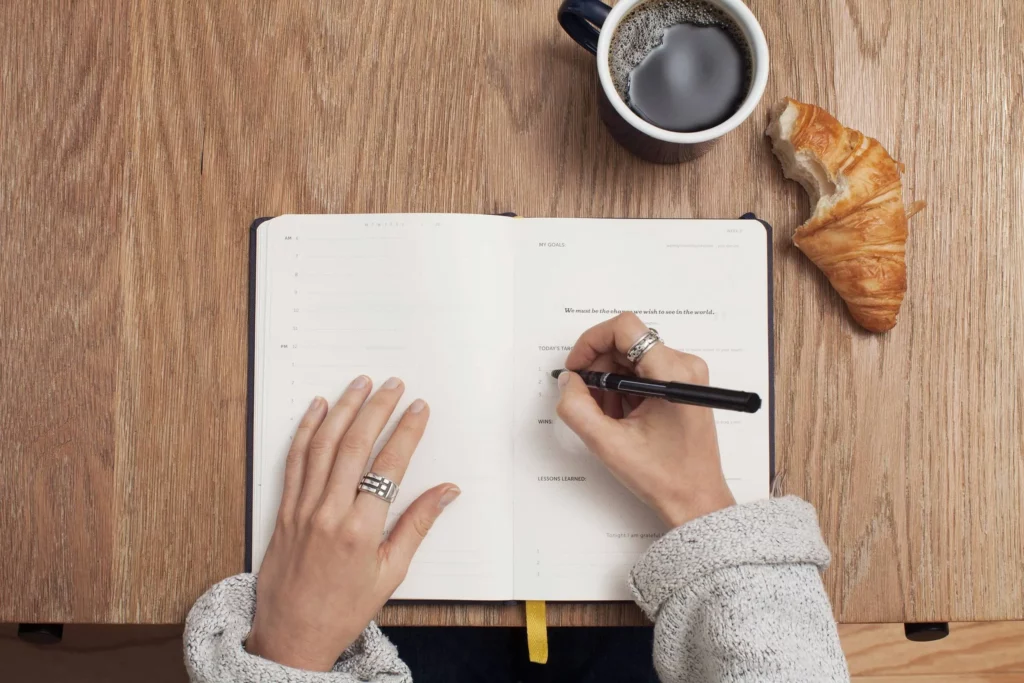A closing argument in a mock trial is a vital component that seals your case, persuades the jury, and ties together your presented evidence and theories. This guide provides significant insights into the structure and delivery of an effective closing argument.
Understand the Purpose of a Closing Argument
The closing argument is your final chance to make an impression on the jury. It is about reiterating your identified important arguments, summarizing the shown evidence, highlighting elements that necessitate proof from your standpoint or the other party, and asking the jury for a verdict in your favor. As the closing argument holds such weight, both the content and delivery of the argument are critically evaluated.

Structuring the Closing Argument
The content of your closing argument should reflect:
- Your perspective of the scenario.
- The theory of your case.
- A review of the essential points that need to be proven.
- A clear statement of your expected evidence and key facts.
- Your views on the burden and standard of proof.
- Clear communication of your expectations from the jury.
Developing the Argument
A well-crafted closing argument begins with an introduction and ends with a conclusion. Start by identifying yourself (if necessary) and then dive into the core of your argument. Use your introduction to hook the jury’s attention and create the stage for a persuasive discourse.
Your theory of the case should be summed up in one or two sentences that encapsulate your viewpoint and the related evidence. You should then proceed to review the elements of the case that need to be proven or disproven.
Subsequently, present the collected evidence and elaborate on how it proves or disproves the necessary elements of the case. Identify and focus on key issues, using your allotted time efficiently. The jury should be able to tie everything together in their minds by the end of your argument.

The Conclusion
The conclusion is your final appeal to the jury. Clarify the burden of proof, restate your theory of the case, and express what you desire from the jury, i.e.
, them ruling in your favor.
Other Considerations
- Ensure to use only the evidence presented during the trial.
- Methodically track the admitted evidence during the trial.
- Prioritize the important points in your outline for quick and easy reference.
- Pick between a detailed outline and a written speech based on your speaking style, comfort level, and the roles served in the trial.
- Periodically revise and tweak your closing argument for optimal effectiveness.

Delivery Tips for a Closing Argument
- Be compelling but not aggressive in your argument style.
- Use conversational language that engages the jury.
- Engage with the jury by maintaining eye contact and using gestures where necessary.
- Avoid complex legal terminology
- Ensure to strike a balance in body posture and movements. They should be intentional and coordinated.
Conclusions
Remember, a closing argument allows you to interconnectedly affirm your case theory, reflect on the evidence presented, address inconsistencies, and persuade the jury in captivating language. Invest your zeal, focus, and commitment into adequately preparing a closing argument for effective persuasion and conveying of your key points.
